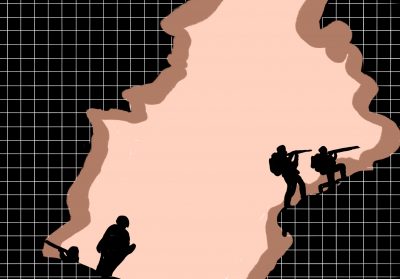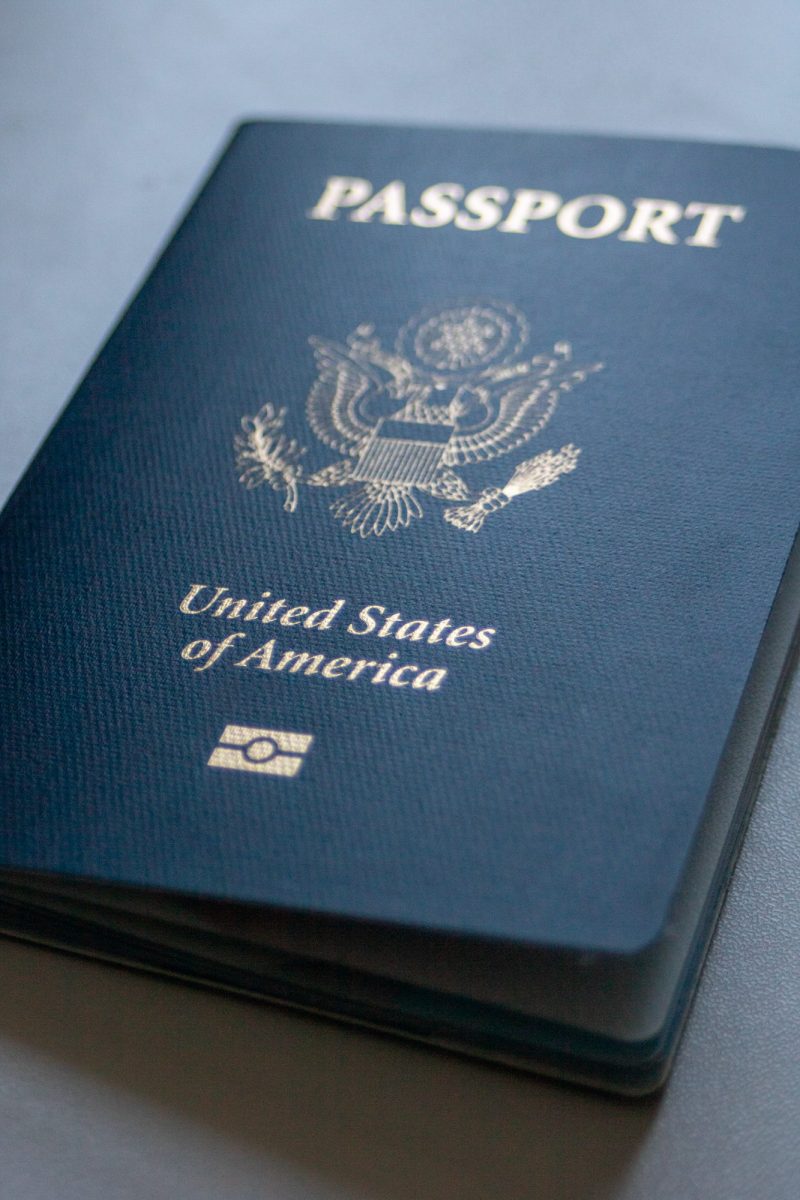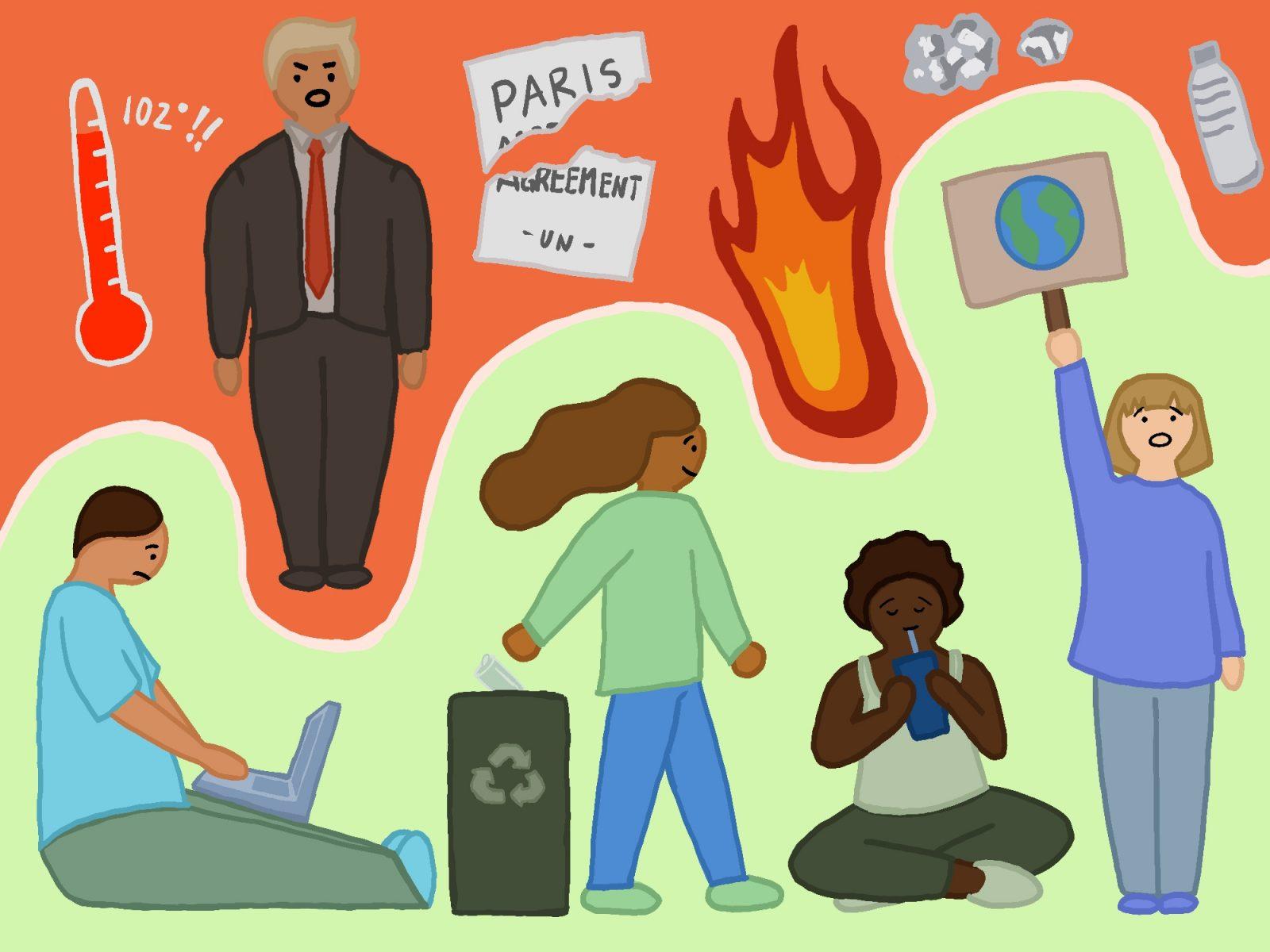Considering the recent events in Afghanistan — such as the territorial gains and control of the Taliban, the Kabul Airport attack and the withdrawal of U.S. troops last August — it’s important to address and discuss these events. As an international relations major, this importance is tenfold.
As international relations scholars, I think we should inform others by exploring underrepresented issues in international affairs. However, it’s also insightful to discuss recent events from a different angle or, as in this particular article, through a comparative format, in which we can learn something new.

As such, I’ve noticed some startling and unsettling similarities between Soviet and American military strategies and tactics in Afghanistan. For example, both the United States’ and Soviet Union’s involvement were driven by an interest in preserving a certain political system: While the United States attempted to combat terrorism and preserve Afghanistan from becoming an Islamic State, the Soviet Union intervened in 1979 in support of the Afghan communist government who were opposed by anti-Communist Muslim guerillas, or the mujahadeen.
The USSR began its occupation of Afghanistan in 1979, but, like the fate of the United States, the Soviets were left with no choice but to withdraw their troops from Afghanistan, which they did in 1989.
This is particularly important because it appears that both the United States and the Soviet Union failed to accomplish their objectives in Afghanistan, suggesting that even the most powerful countries may not be as powerful as they seem to be.
For the Soviets, Afghanistan was an imperial intrigue throughout the 19th and 20th centuries, perhaps because of its vulnerable location between the Russian and British Indian empires. And Soviet ambitions came to fruition after Afghan Prime Minister Daud Khan was ousted and murdered by the leftist People’s Democratic Party of Afghanistan in 1978.
Naturally, there was an increasing dissatisfaction and instability from Afghans who protested against the government’s socialist reforms, many of which seemed to undermine Afghanistan’s traditional Islamic culture. Those who opposed the communist government joined rebellious groups and insurgencies — known as the mujahideen — prompting the Soviet Union to invade the country in order to back the Afghan communist regime.
Soviet troops immediately tried to crush the insurgency through various tactics — such as reconciliation, militarization and negotiation — but the guerillas generally eluded their attacks. The stalemate that was accumulating between Afghanistan and the Soviet Union, coupled with the fact that the Soviet Union was already disintegrating at a rapid state in the late 1980s, left the Soviets with no choice but to remove their troops from Afghanistan.
Similarly, U.S. involvement in Afghanistan was put to an end by President Biden this year because, according to the president, “We succeeded in what we set out to do in Afghanistan over a decade ago,” in reference to the killing of Osama Bin Laden.
The war on terrorism certainly increased levels of international cooperation in global counterterrorism efforts. However, it came with high costs — both financially and in regards to the lives lost.
But that is not to say that terrorism has been put to an end. Clearly, there is still the need to maintain counterterrorism efforts, but in the words of President Biden, there is no “need to fight a ground war to do it.” Perhaps there are other ways in which we can continue our war against terrorism, but with lower costs and less lives lost.

















































































































